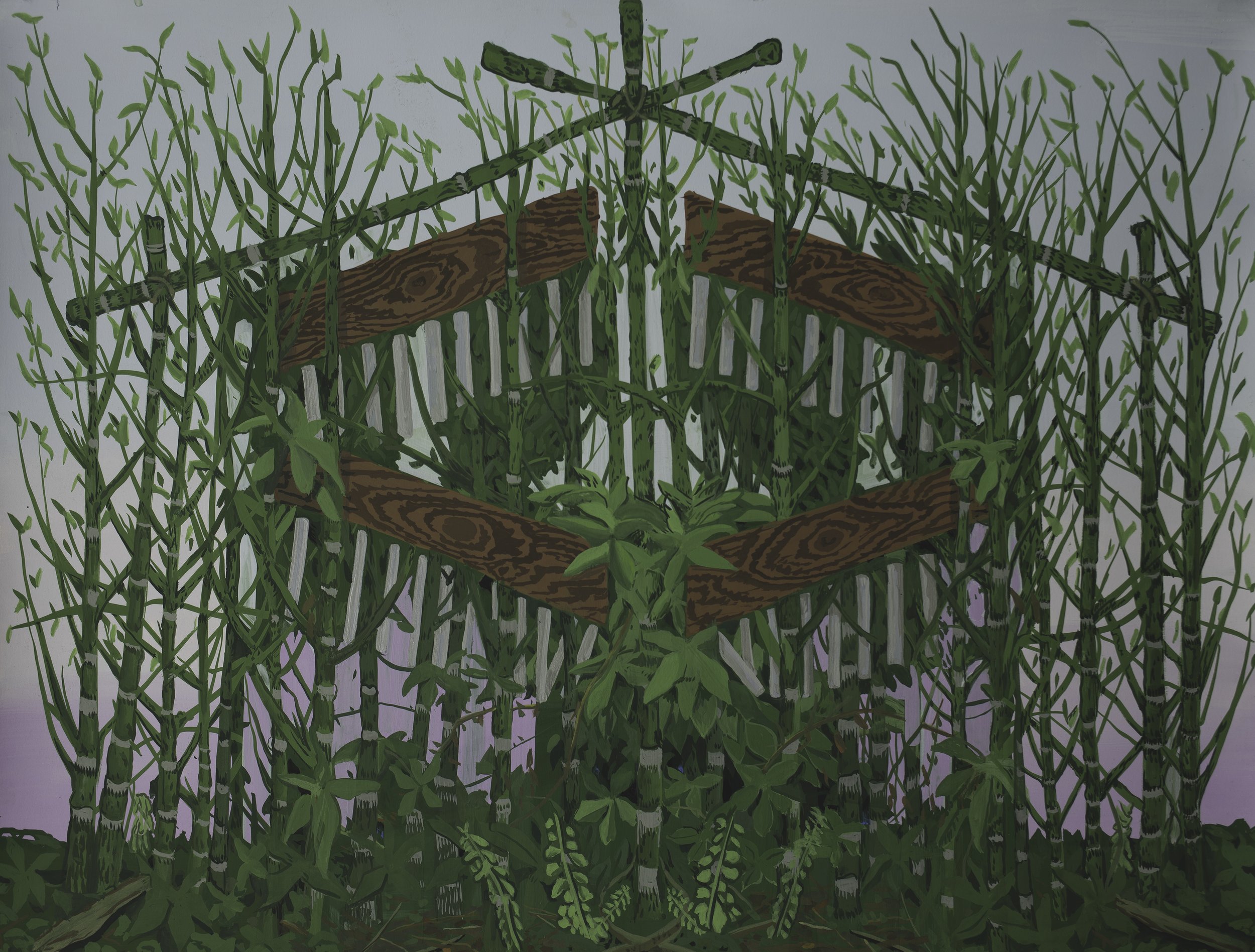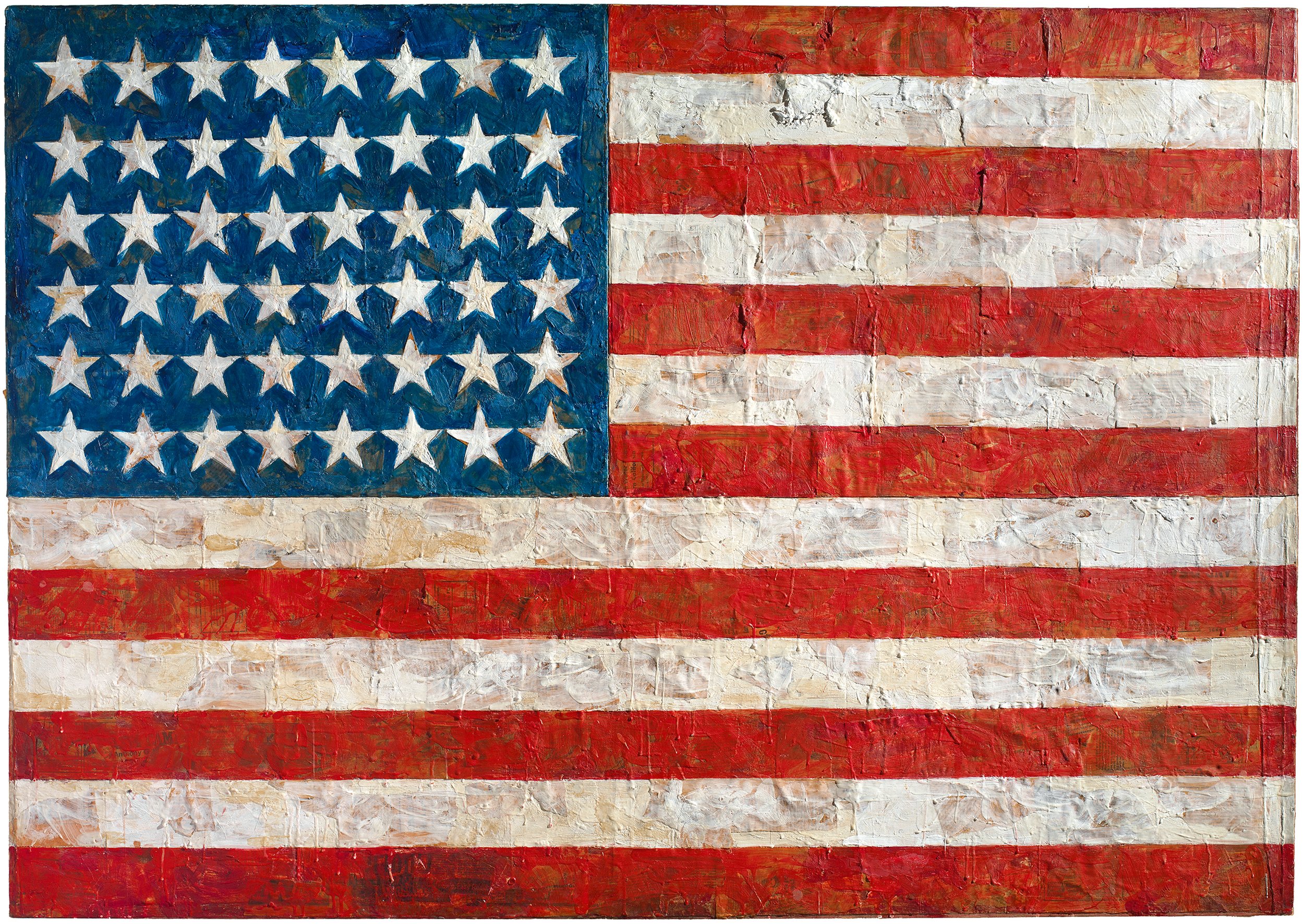Alec Dartley Landscapes

by ANNA EHRSAM
Alec Dartley: Landscapes
The painting center: February 4 - March 1, 2025
Dartley’s latest body of work is a meditation on the shifting, often intangible space where reality and abstraction merge, where the direct experience of nature collides with memory, perception, and artistic transformation. In this series, Dartley moves fluidly between plein air painting, capturing the phenomenological immediacy of the landscape, and studio-based abstraction, where those raw, sensory encounters are filtered through consciousness, distilled into forms that are less representational and more visionary. His paintings seem to ask: how does our immersion in nature—its sights, sounds, smells, and sensations—shape not only what we see but how we see and who we are?
Yard Gate, 18" x 24" Gouache on paper, 2024
The Living Presence of the Landscape
Dartley’s plein air works resonate with the physicality of being in nature—the wind pushing against the canvas, the rain, shifting light altering perception, the pulse of an environment in constant motion. These paintings are not just depictions of nature; they are evidence of lived experience, marked by the changing atmosphere and the artist’s dynamic engagement in nature and as a part of nature. The presence of oxygen-rich air, the scent of earth and pine, the subtle hum of the environment—these elements work upon the artist’s body as much as his eye. Science has shown that being in nature lowers heart rate, reduces stress hormones, and enhances cognitive clarity—a practice known in Japan as Shinrin-yoku, or Forest Bathing. One could argue that Dartley’s plein air paintings function as an extension of this practice: they are not only representations of nature but documents of an artist fully immersed in it.
This connection to nature is not merely aesthetic—it is existential. Trees, after all, provide us with the oxygen we breathe, the food we eat, the wood that shelters us. In their presence, we are reminded that we are not separate from nature, but of it. As the philosopher David Abram writes,
"We are human only in contact, and conviviality, with what is not human."
Dartley’s work seems to embrace this idea fully. His plein air paintings evoke the immediacy of nature’s presence, a state of heightened awareness where the artist is not merely an observer but an active participant in the landscape.
Back in the studio, Dartley’s approach shifts. No longer beholden to the fleeting conditions of the outdoors, he reconstructs landscapes from memory, instinct, and the subconscious. These paintings are no longer dictated by the tangible elements of the environment but by an internalized version of nature, reshaped by the mind’s selective recollections and abstract interpretations. Here, Dartley’s landscapes take on a dreamlike, almost hallucinatory quality—where the boundaries between form and formlessness dissolve, and the trees, rocks, and sky morph into fluid, intuitive compositions.
uprooting on the orange trail, 18" x 24" Gouache on paper, 2024
If plein air painting is a form of direct communion with nature, then Dartley’s studio paintings are its reflection—a meditation on how nature imprints itself upon us. These compositions, fragmented and reimagined, evoke the way our experiences in the natural world linger in our consciousness, how they shift and transform over time. Philosopher Timothy Morton describes nature as something “so close to us that we can’t see it”, and in Dartley’s abstractions, one gets the sense that nature is not being represented so much as remembered, felt, and interpreted through the body’s own connection to it.
Dartley’s work also fits into a larger lineage of landscape painting and land art in the region. The Hudson River School painters of the 19th century sought to capture the sublime beauty of the American wilderness, while contemporary land artists like Robert Smithson and Nancy Holt redefined the relationship between art and the landscape itself. But Dartley’s paintings exist in a different time—the Anthropocene, where the delicate balance between humans and nature has never been more precarious. These works are not just depictions of nature; they are reflections on our place within it, and the urgency of preserving it.
Today, scientists have confirmed that trees communicate with one another through underground fungal networks, that they respond to light and color, that they feel in ways we are only beginning to understand. The more we learn, the clearer it becomes that nature is not an inert backdrop but a living, sentient system of which we are a part. As Dartley’s work reminds us, to paint the landscape is to engage in a dialogue with it—to acknowledge that we are participants in a vast, interconnected web of life.
“Look deep into nature, and then you will understand everything better.” – Albert Einstein
Dartley’s paintings are, ultimately, a meditation on home—not home as a structure, but as the earth itself, the trees that sustain us, the landscapes that define us. His work calls us back to a deeper awareness of our connection to the natural world, urging us not only to see nature but to truly feel it, to recognize that in protecting it, we are also protecting ourselves.
As Wendell Berry writes,
“The care of the Earth is our most ancient and most worthy, and after all, our most pleasing responsibility.”
Dartley’s work honors that responsibility— through an art that reminds us of what is at stake, and of the fragile, luminous beauty of our relationship to the land.






